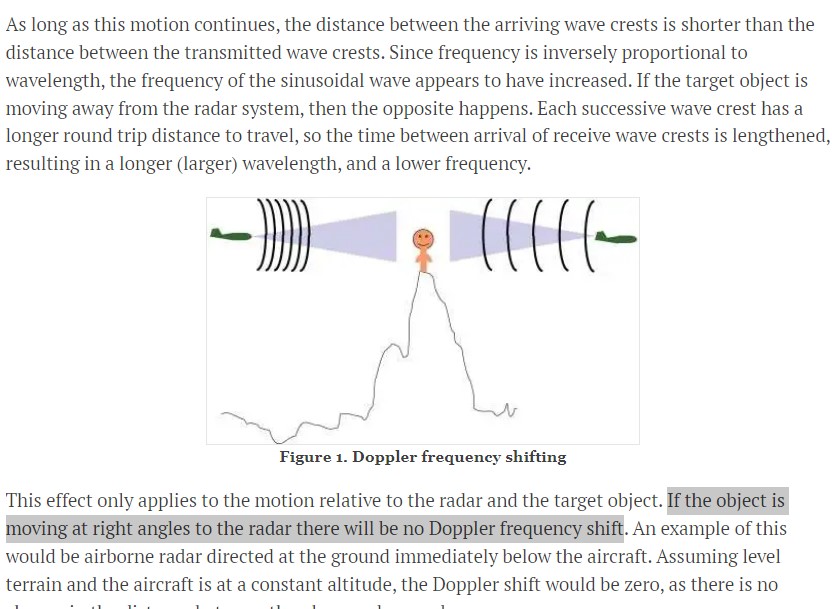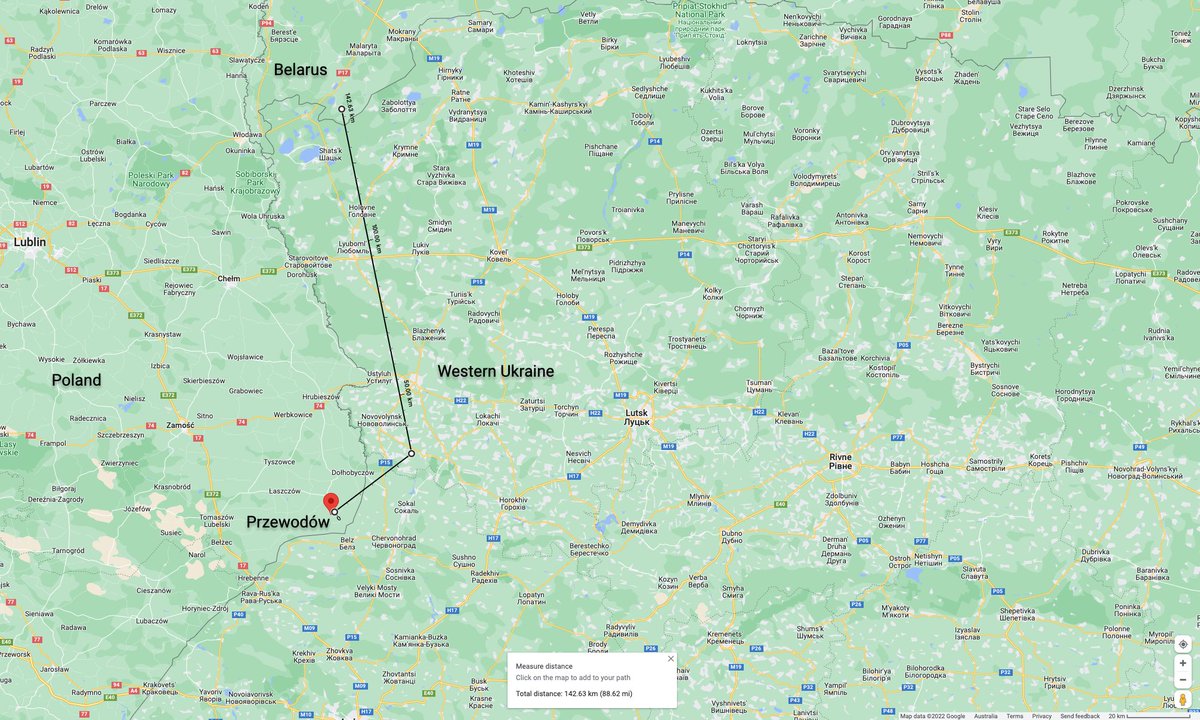On Nov 19th I did a thread on the Przewdow missile strike making the case it wasn't a Ukrainian missile and I mentioned a radar & electronic warfare angle I didn't address.
This 🧵will do just that.
1/
This 🧵will do just that.
1/
https://twitter.com/TrentTelenko/status/1594162719955234816
The thing about being one of the few people who have researched General MacArthur's Section 22 radar hunters is you learn all the old tricks with mechanically rotating antenna radars like that on the 1977 vintage E-3 Sentry AWACS APY-1.
2/

2/
https://twitter.com/TrentTelenko/status/1594162801056137216

A radar design fielded in 1977 is a lot closer to 1945 than 2022.
Both phased arrays and mechanically scanned antennas were 36 (+) years old when the APY-1 was fielded 45 years ago.
3/

Both phased arrays and mechanically scanned antennas were 36 (+) years old when the APY-1 was fielded 45 years ago.
3/


The primary weakness of a mechanically rotated radar antenna is dwell time. The radar beam is only looking the right way a fraction of every revolution.
This fact can be exploited for both gain intelligence on radar, like the USMC did at Okinawa in 1945, or to spoof direction
4/
This fact can be exploited for both gain intelligence on radar, like the USMC did at Okinawa in 1945, or to spoof direction
4/

...finding on a radar with active decoys by imitating the detection beam of a rotating radar antenna (see photo).
The Westinghouse APY-1 was designed & implemented in the early 1970's during the shift from discrete transistor devices to integrated circuit chips that enabled
5/
The Westinghouse APY-1 was designed & implemented in the early 1970's during the shift from discrete transistor devices to integrated circuit chips that enabled
5/

...the use programmable software for consistent pulse doppler detection.
It was also given a radar beam shape with very small 'side lobes' to defeat 1960's jamming.
See:
428-MN-9705 Defensive Electronic Countermeasures (1962)
NARA I.D. #75132
6/
It was also given a radar beam shape with very small 'side lobes' to defeat 1960's jamming.
See:
428-MN-9705 Defensive Electronic Countermeasures (1962)
NARA I.D. #75132
6/

The pulse doppler effect the APY-1 exploits is an artifact of the reflection of energy waves from an object to calculate speed. An approaching object compresses sound or radio waves. A departing object stretches them.
7/

7/


And an object going perpendicular to a radar beam is undetectable by pulse doppler techniques.
The APY-1 radar on the E-3 Sentry had to be programed with a relatively high pulse doppler floor because of how fast Germans drove their cars on autobahns.
8/

The APY-1 radar on the E-3 Sentry had to be programed with a relatively high pulse doppler floor because of how fast Germans drove their cars on autobahns.
8/

The Soviet and now Russian military has known all of what I've laid out for the APY-1 radar for 40 odd years.
You can't classify radar physics, rotating antennas or German autobahn car speeds.
9/
You can't classify radar physics, rotating antennas or German autobahn car speeds.
9/
All of the previous tweets were a build up to this map of a possible 5V55K missile shot trajectory from Belarus.
Simply flying parallel to the border is going to reduce the doppler shift an APY-1 or APY-2 (same radar w/sea search) on an E-3 Sentry.
10/

Simply flying parallel to the border is going to reduce the doppler shift an APY-1 or APY-2 (same radar w/sea search) on an E-3 Sentry.
10/
https://twitter.com/TrentTelenko/status/1594162726627987456

The dogleg you see at the end is plotted over a Ukrainian SAM base using the 5N63 FLAP LID to direct it.
That velocity bleeding turn would have generated a large doppler return from the 5V55V nose seeker antenna for the APY-1 to track & also resulted in a smaller crater.
11/

That velocity bleeding turn would have generated a large doppler return from the 5V55V nose seeker antenna for the APY-1 to track & also resulted in a smaller crater.
11/


The S-300 can launch the 5V55K missile in the 4.5 seconds of every six when the APY-1 isn't looking and then command it to fly s-curve trajectories when the E-3 radar beam is looking to reduce the detectable doppler shift.
12/
12/

The Track Via Missile command uplink of the Patriot connected to a late Cold War era electronic warfare system could pull this off versus an AWACS type plane with a rotating antenna.
US Military just never thought of it because it had plenty laser and now GPS guided bombs.
12/
US Military just never thought of it because it had plenty laser and now GPS guided bombs.
12/

The Russians in the 21st Century with their TVM missile uplinks -- and empty guided bomb and tactical ballistic missile inventories in the middle of this war -- certainly can.
Different militaries having the same technology can and do use that technology very differently.
13/
Different militaries having the same technology can and do use that technology very differently.
13/
This was one of the biggest lessons of watching Imperial Japanese radar development in WW2 through Section 22's reports.
It was an important lesson suppressed by the Joint Chiefs after WW2 and not relearned in the 80 odd years since then.
14/14 End.
It was an important lesson suppressed by the Joint Chiefs after WW2 and not relearned in the 80 odd years since then.
https://twitter.com/TrentTelenko/status/1477782444942188547
14/14 End.
• • •
Missing some Tweet in this thread? You can try to
force a refresh







